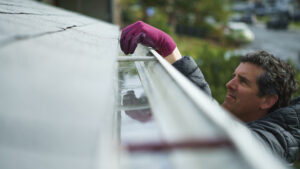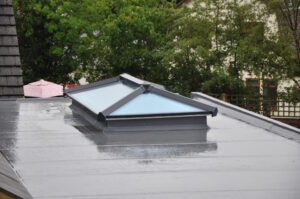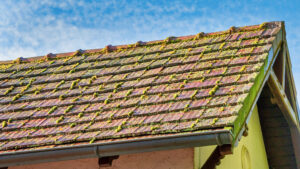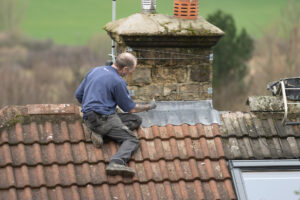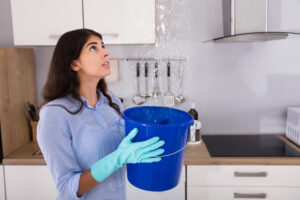When the skies clear after a tempestuous storm in Houston, particularly in areas like Cypress, the aftermath can leave homeowners concerned about potential damage to their properties. Promptly assessing the condition of your home, especially the roof, is essential. WABO Roofing, known for its expert roof repair services in the Houston area, stands ready to assist homeowners in Cypress and beyond in restoring their homes to pre-storm conditions.
Understanding the various types of storm damage is crucial. Whether it’s hail, heavy rain, or high winds, each element affects your home differently, particularly the roof, which bears the brunt of these harsh conditions. In Cypress, where weather patterns can swiftly change, being aware of these impacts is vital. For comprehensive roof storm damage assessment and repair, turning to the expertise of WABO Roofing can ensure your home remains safe and secure.
Recognition of Different Types of Storm Damage
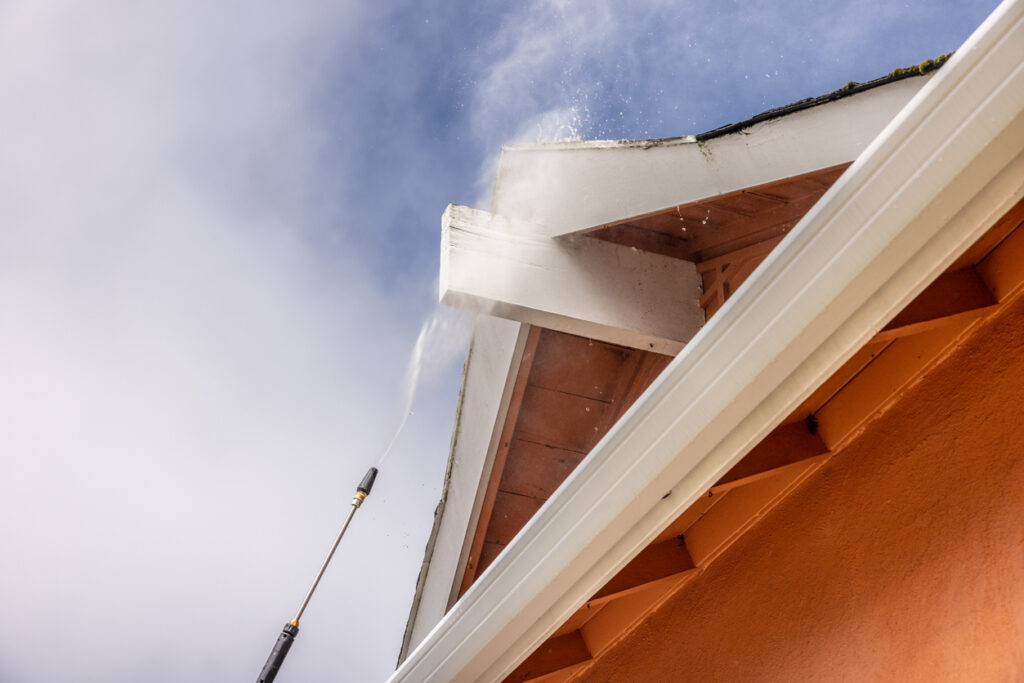
Heavy downpours, strong high winds, hailstorms, and hurricanes are just some examples of extreme weather conditions that can potentially disrupt the well-being of your home. And each of them can have different impacts on your home. So, knowing how to handle a roof storm damage assessment is vital to know what you are looking for and which areas to inspect for. After a mighty storm, some key areas of your home can get damaged, such as roof, gutters, windows and walls.
Wind Storm
Stormy winds can damage your residence if they reach a speed of 45 miles/hour. Although this speed can only cause minor impacts and hardly be able to knock off half-worn shingles or perhaps blow away a few tree branches. But if the speed crosses 50 miles per hour, high stormy winds can cause serious hazards to your home. Flipping stationary stuff, uprooting trees, and knocking off well-attached shingles are more common in hurricanes when the speed reaches about 70 miles per hour or more.
Hailstorm
Make sure to park your car inside if you get a forecast about a hailstorm. Because hailstorms and hailstones could cause havoc on your roof and property. Hailstones could be as small as a pea or as big as an orange, having a rough exterior. These frozen snowballs can cause dents, cracks, or breakage of shingles, windows, gutters and so on.
Rain and Snow Storm
Snowfall or rainy days may seem like natural occurrences, but when any of them comes in excess, it can cause some real issues in your house roof and insulation. Just as consecutive heavy rainy days can wear down the shingles on the roof, blizzards can stack up piles of snow on the roof, causing expansion of roof material and resulting in the penetration of moisture in the underlayment, ultimately leading to dampness. Days of rain can wear your roof shingles down, and ice or snow can cause an expansion in your roof materials, penetrating the walls of the attic or ceiling and causing mold or mildew.
Roof Storm Damage Assessment
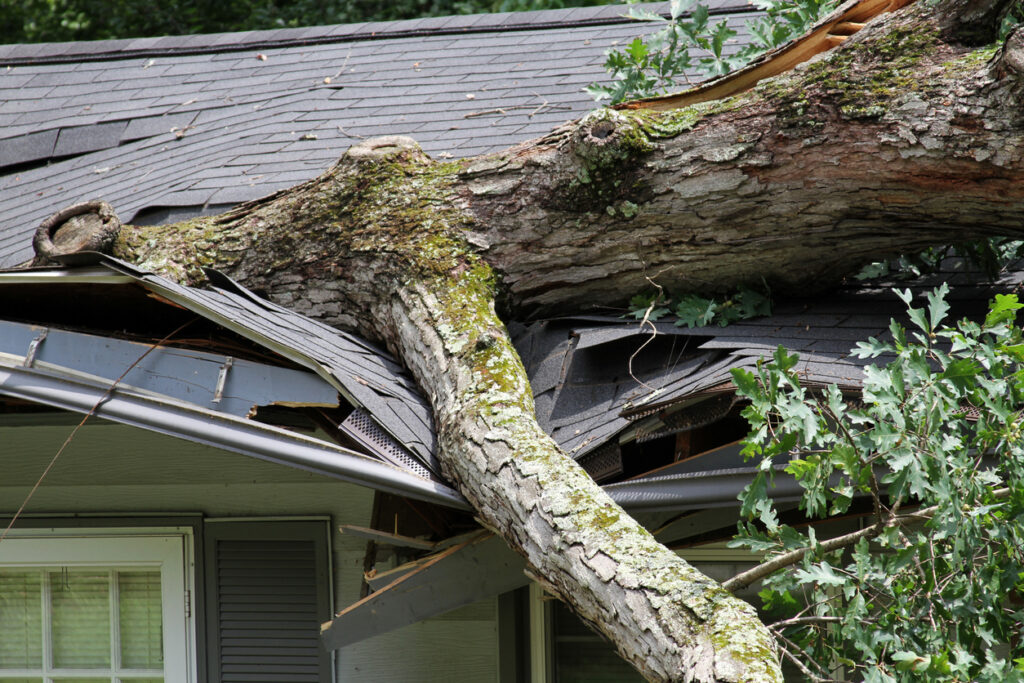
Storm-damaged roof repairs are necessary if your house roof has suffered havoc from extreme weather conditions. Because your home’s roof is the first layer of defense against rough weather conditions and overall security. In the aftermath of a stormy night, your first job is to look for cues or signs of damage. Assessing the areas of damage and having the repair work done as soon as possible is crucial for the well-being of your residence.
How to handle a Roof Inspection – Schedule and Assist
To conduct a safe and reliable roof assessment, first and foremost, you need to reach out to a trusted and well-trained roofing contractor and schedule a damage assessment for your home.
The roof must be assessed by walking around the protected area of the house while taking note of any visible roof storm damage. Keep a note of what you observe and take pictures if possible, which could help to make an insurance claim file.
You must check for dents on your home’s roofing parts and materials, such as vents and gutters, along with windows. Windows can suffer from broken glass, torn screens, loose weather stripping, etc.
You should also take a tour around your house to look for large branches of trees, missing fence posts, the condition of lawn furniture, stone pavedways, and such.
Roof storm damage assessment must also include attic and ceilings that can suffer water spots, moisture, or leaks. Flashlight could come in great use for assessing roof beams, attics and ceilings.
Why should you ask for professional assessment?
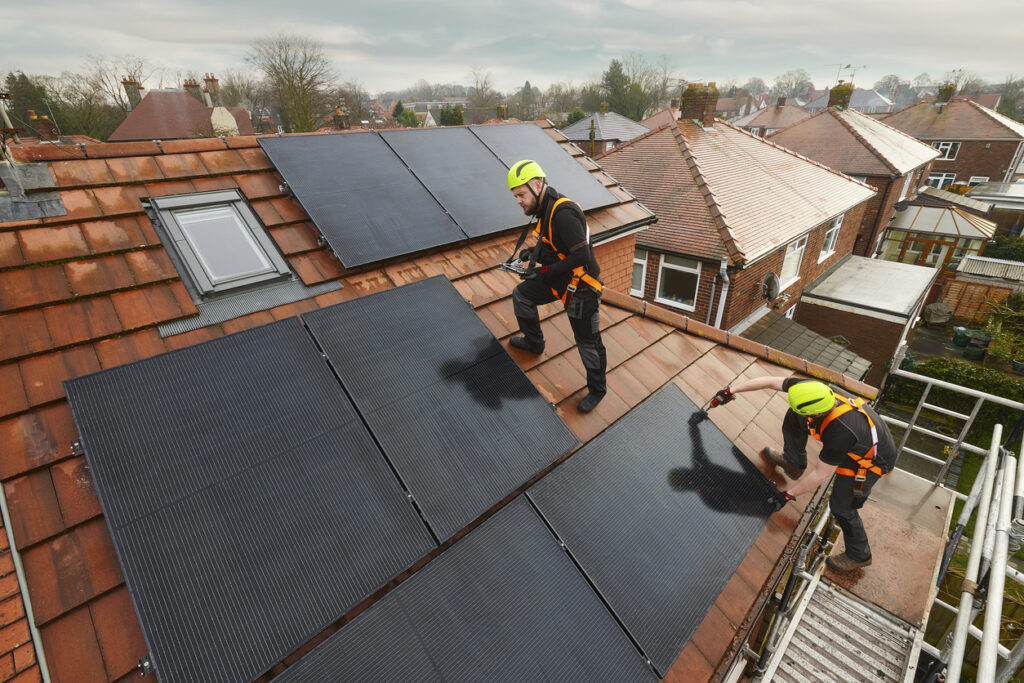
It is because a well-trained, experienced roof contractor will know the exact process of assessment. He will be able to give an estimation of repair costs. Based on the assessment and estimation, the roofing professional can suggest a roof replacement or repair.
- Do not compromise with choosing a roof contractor who is well-trained, licensed and insured.
- Ensure that the roofing contractor is capable of estimating and assessing the damage.
- Check online about the review of the roof service provider.
- Call Your Homeowners Insurance Provider.
- After completing some needed fixtures, if you realize the storm has caused severe damage to your home, make a quick call to claim insurance money from the insurance provider.
The insurance company will provide compensation based on the documents and photographs submitted to record the damages to your home. The company representatives may confirm the claim by sending representatives.

